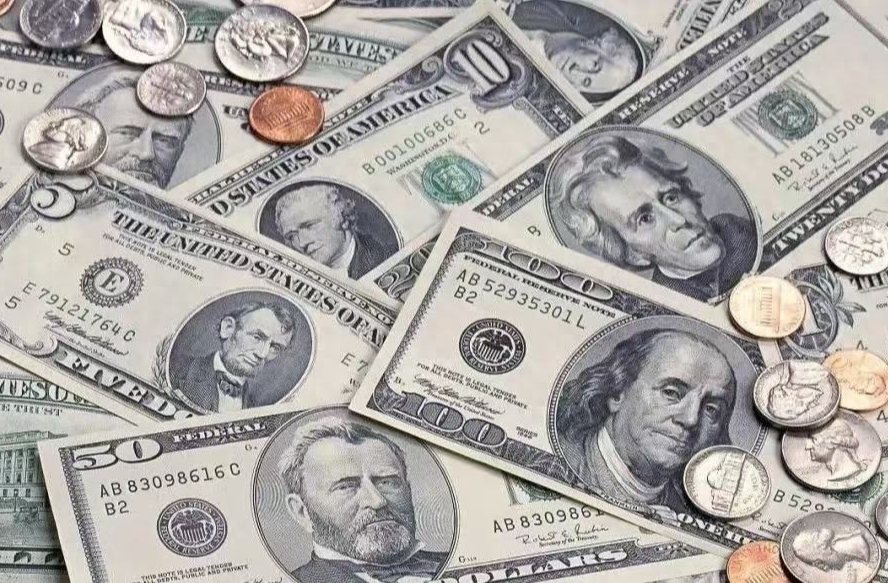Have U.S. Treasury Yields Exceeded Expectations?
Advertisements
The financial landscape has been in a state of flux, particularly with U.S. Treasury yields making headlines. Recently, the 10-year U.S. Treasury bond rate surged past the 4.2% mark, a stirring occurrence that reflects broader economic sentiments and forecasts. For those unfamiliar with the nuances of bond markets, it is essential to grasp what this represents: the yield on a government bond is a crucial indicator of investor confidence in the economy's future performance. An increase in yield generally implies a bearish outlook where investors expect potential inflation to rise, triggering them to demand higher returns on their investments.
From late September to mid-October, the 10-year Treasury yield jumped significantly from below 3.8% to over 4%. This surge can be attributed to two primary factors. The first is the performance of the U.S. economy itself, particularly in relation to recent employment and inflation data. Reports indicated a robust job market and rising inflation, leading the Federal Reserve to adjust their approach on interest rate cuts, notably dispelling the anticipation of a further reduction at a substantial scale.
The second major component influencing this spike is rooted in supply and liquidity dynamics. With the advent of a new fiscal year, the issuance of U.S. debt briefly surged, combined with a dip in reserve levels at the Federal Reserve, magnifying the constraint on liquidity. However, following mid-October, the dynamics shifted; supply pressures receded as the total outstanding debt levels stabilized after a notable spike at the start of the month.
As of late October, the total outstanding issuance had risen moderately post a strong surge, maintaining a daily average of growth slightly under 10 billion dollars, ultimately aligning with anticipated fiscal year levels. Furthermore, reserves in the banking system were reported to have rebounded, after dropping below a staggering 3.1 trillion dollars. This recovery indicates a temporary alleviation of liquidity strains within the banking sector, counteracting pressures on Treasury yields to climb higher.
The increase in the 10-year yield breaking through the 4.2% threshold is also indicative of shifting future rate expectations. According to the CME FedWatch tool, while the sentiment in the futures market regarding Fed interest cuts remained stable for the latter part of October, expectations concerning rates beyond June of the following year reflected a notable increase. By September 2025, the consensus average projected a 3.51% rate, up from an earlier forecast.
With expectations of an economic upswing, evidence of strong retail sales has further influenced the trajectory of interest rates. The data released in mid-October demonstrated that retail sales in September rose 0.4%, exceeding expectations, and igniting optimism about the economy's resilience. The GDPNow model has continuously adjusted upward, influencing the broader narrative regarding economic growth trajectories. For context, this model serves as a reliable compass for measuring GDP based on available data, having indicated a potential all-time quarterly high in growth rates for Q3.

Contributing to the changing landscape of interest rates are the hawkish remarks from Federal Reserve officials. Notably, key figures from the Fed have voiced their stance on a more tempered approach to rate cuts, promoting a palpable shift in market expectations. The impact of these communications was evident when the 10-year Treasury rate increased in response to their comments.
However, there lies an inherent contradiction in these developments. While the outlook may appear bullish regarding certain economic metrics, such as retail sales, the broader context reflects ongoing challenges. Market participants could be prematurely dismissing the cooling trends in employment and inflation that have persisted over the preceding months. Indeed, a lingering unease regarding these consistent trends partnered with increased Treasury yields has raised questions about the sustainability of recent government policies.
Investors remain apprehensive about whether recent measures would indeed yield a lasting impact on inflation trends and overall fiscal health for the United States. Market behavior indicated a form of cyclicality where rising Treasury yields exert pressure on government financing aspects, leading to a pattern of increased scrutiny and potential sell-offs in the Treasury market.
The prevailing situation begs the question of whether current Treasury rates may be misaligned with economic fundamentals. Analysts propose that the 10-year Treasury yield is operating beyond neutral levels, positing that the current yield of over 4.2% significantly overshoots the Federal Reserve's projected long-term policy rate. Heightened yields could also impact aspects associated with economic growth and debt sustainability moving forward.
In conclusion, the complexities of this financial tapestry unravel further for critical scrutiny as stakeholders navigate through layers of data, sentiment, and potential future ramifications. The interplay of supply pressures, economic indicators, fiscal policies, and investor confidence reveals a landscape fraught with uncertainty, as market participants brace for whatever developments might emerge in both economic performance and pricing strategies. Maintaining an astute eye will be essential for those looking to navigate the nuanced challenges and opportunities that the evolving financial environment presents.
Leave a Comment